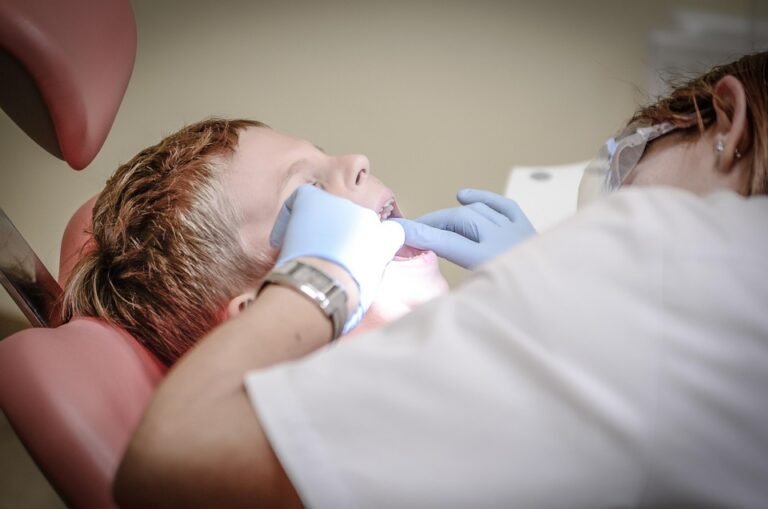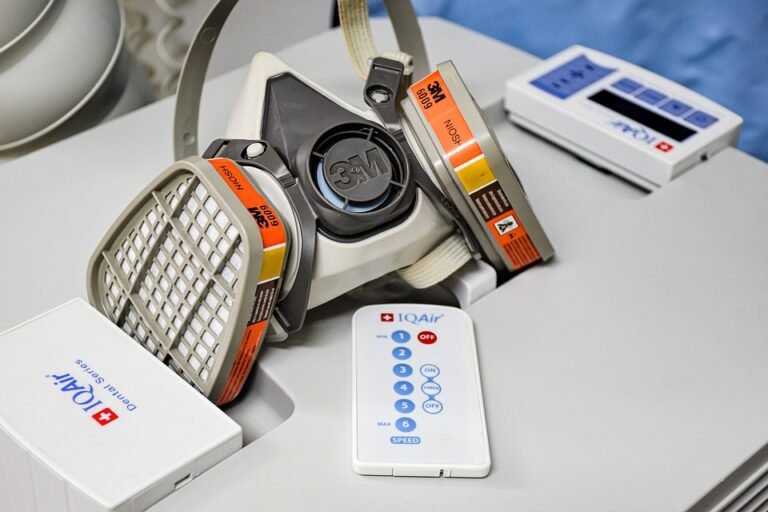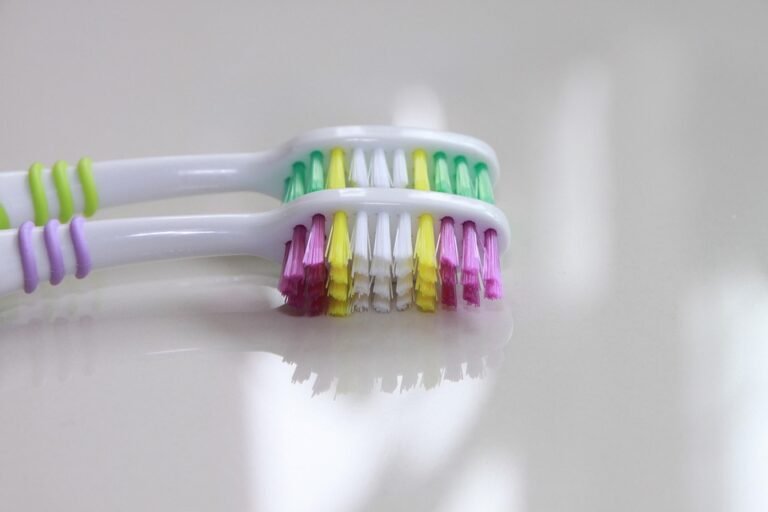How does AI help with diagnosis and treatment planning in dentistry
Okay, so I’m a dentist and I keep hearing about AI being used in medicine. I’m trying to wrap my head around specifically how it could impact my practice. I’m not interested in hype, I want practical applications.
I’m mainly curious about:
-
Diagnosis: How is AI being used to improve the accuracy and speed of diagnosis? Can it detect things that I might miss on radiographs, like early signs of caries, periodontal disease, or even things like cysts and tumors? What AI tools are out there that are actually being used right now? I’ve heard about AI analyzing X-rays, but I need more specific examples.
-
Treatment Planning: Once a diagnosis is made, how can AI assist in creating a more effective and predictable treatment plan? Can it suggest different treatment options based on patient data and best practices? Does it help with things like implant placement or designing restorations?
-
Integration: How easy is it to integrate these AI tools into my existing workflow? Is it expensive? Does it require specialized training? Are there any major drawbacks or limitations I should be aware of?
- Specific Examples: I’d love to hear about real-world examples and studies, not just theoretical possibilities. Are there any reputable studies showing improved outcomes when AI is used?
Basically, I’m trying to figure out if investing in AI is a worthwhile move for my dental practice. I want to provide the best possible care for my patients, and if AI can help me do that, I’m willing to explore it, but I need concrete information. Thanks!
Answer
Artificial intelligence (AI) is increasingly being integrated into dentistry, offering several benefits in diagnosis and treatment planning. Here’s a detailed breakdown:
1. Enhanced Diagnostic Accuracy and Speed:
- Radiographic Analysis: AI algorithms excel at analyzing dental radiographs (X-rays, CBCT scans) with greater speed and precision than humans.
- Caries Detection: AI can identify early-stage caries (cavities) that might be missed by the human eye, improving early intervention. It can analyze subtle changes in enamel density and identify lesions in hard-to-reach areas.
- Periodontal Disease Assessment: AI can measure bone loss around teeth on radiographs, aiding in the diagnosis and staging of periodontal disease. It can automatically calculate clinical attachment loss based on radiographic findings.
- Periapical Lesion Detection: AI can pinpoint periapical lesions (infections around the root tips of teeth), assisting in endodontic diagnosis and treatment planning.
- Implant Planning: AI can analyze CBCT scans to assess bone density, nerve location, and sinus proximity, crucial for accurate implant placement planning. It can also suggest optimal implant size and placement angles.
- Cephalometric Analysis: AI automates cephalometric tracing and analysis, providing accurate measurements for orthodontic diagnosis and treatment planning. This reduces the time required for manual tracing and minimizes human error.
- Pathology Detection: AI algorithms are being developed to identify potential pathologies, such as cysts, tumors, and other abnormalities, on dental radiographs.
- Optical Scans: AI can be used to analyze intraoral scans for various diagnostic purposes.
- Occlusal Analysis: AI can evaluate the occlusion (bite) from intraoral scans to identify areas of premature contact, interference, and malocclusion.
- Wear Pattern Analysis: AI can analyze wear patterns on teeth to identify bruxism, erosion, or attrition, aiding in the diagnosis of parafunctional habits.
- Image Enhancement: AI can enhance image quality, improving visibility and diagnostic accuracy. It can reduce noise, sharpen edges, and optimize contrast.
2. Improved Treatment Planning:
- Predictive Modeling: AI can use patient data (radiographs, medical history, clinical examination findings) to predict the outcome of different treatment options.
- Orthodontic Treatment Simulation: AI can simulate tooth movement during orthodontic treatment, allowing clinicians to visualize the potential results of different treatment plans.
- Implant Success Prediction: AI can predict the long-term success of dental implants based on factors such as bone density, implant placement, and patient health.
- Restoration Longevity Prediction: AI can predict the longevity of dental restorations (fillings, crowns) based on factors such as material type, tooth location, and occlusal forces.
- Personalized Treatment Plans: AI can analyze patient data to develop personalized treatment plans that are tailored to individual needs and preferences.
- Custom Appliance Design: AI can be used to design custom orthodontic aligners, surgical guides, and dental prostheses that are precisely matched to the patient’s anatomy.
- Drug Interaction Analysis: AI can identify potential drug interactions and allergies, helping clinicians to prescribe medications safely and effectively.
- Treatment Optimization: AI can optimize treatment plans to minimize risks, reduce costs, and improve patient outcomes.
- Surgical Planning: AI can be used to plan complex surgical procedures, such as jaw reconstruction and tumor resection, by creating 3D models and simulating surgical techniques.
- Virtual Treatment Planning: AI can generate virtual 3D models of the patient’s teeth and jaws, allowing clinicians to plan treatment in a virtual environment. This can improve accuracy, reduce chair time, and enhance patient communication.
- Digital Smile Design: AI algorithms can analyze facial features, tooth shape, and gum line to create a digital smile design that is tailored to the patient’s esthetic goals.
3. Enhanced Efficiency and Workflow:
- Automation of Routine Tasks: AI can automate many routine tasks, such as radiographic analysis and cephalometric tracing, freeing up clinicians to focus on more complex cases.
- Improved Communication: AI can generate clear and concise reports that summarize the findings of diagnostic tests, improving communication between clinicians and patients.
- Reduced Errors: AI can reduce the risk of human error in diagnosis and treatment planning, leading to better patient outcomes.
- Continuous Learning: AI algorithms can learn from new data and improve their performance over time, leading to more accurate and effective diagnoses and treatment plans.
4. Examples of AI Applications in Dentistry:
- Dental Monitoring: Utilizes AI to track tooth movement during orthodontic treatment using smartphone images.
- Diagnocat: AI platform that analyzes CBCT scans for various dental conditions.
- Overjet: AI software that analyzes dental radiographs for caries detection and periodontal disease assessment.
- Pearl: FDA-cleared AI software for radiographic analysis.
Limitations:
Despite its numerous benefits, AI in dentistry also has limitations:
- Data Dependency: AI algorithms require large amounts of data to train effectively. The accuracy and reliability of AI-based diagnoses depend on the quality and representativeness of the training data.
- Lack of Explainability: Some AI algorithms are "black boxes," meaning that it is difficult to understand how they arrive at their decisions. This can make it challenging for clinicians to trust and interpret AI-generated results.
- Ethical Considerations: The use of AI in dentistry raises ethical concerns, such as data privacy, algorithmic bias, and the potential for job displacement.
- Initial Investment and Integration: Implementing AI solutions can require a significant upfront investment in software, hardware, and training. Integrating AI into existing workflows can also be challenging.
- Over-reliance: The dentist must maintain proficiency in diagnostics and treatment planning, and not rely solely on AI outputs. Clinical judgement is still paramount.
In conclusion, AI is transforming dentistry by enhancing diagnostic accuracy, improving treatment planning, and streamlining workflows. While AI has limitations, its potential to improve patient care is significant. As AI technology continues to advance, it is likely to play an even greater role in dentistry in the future.



